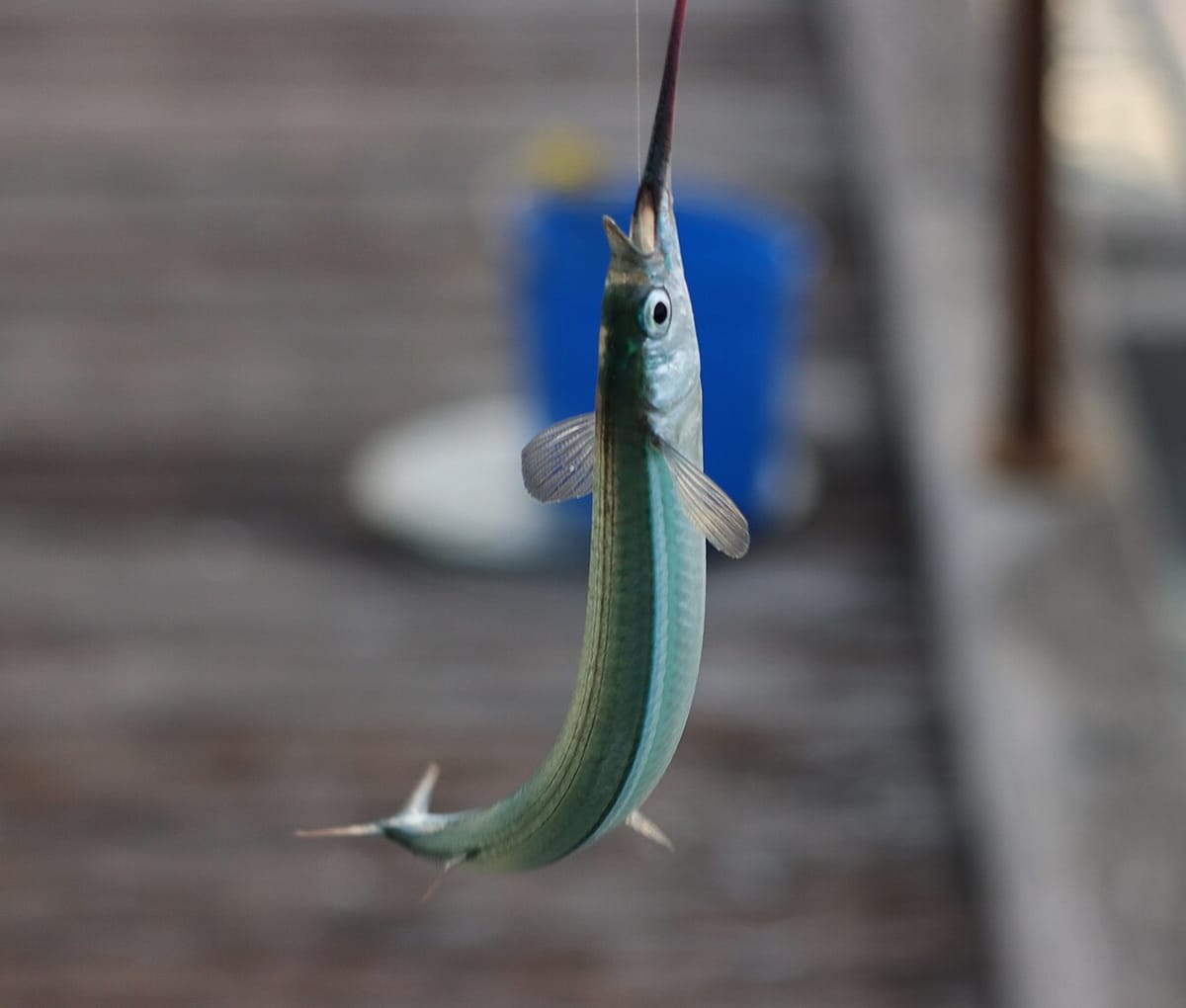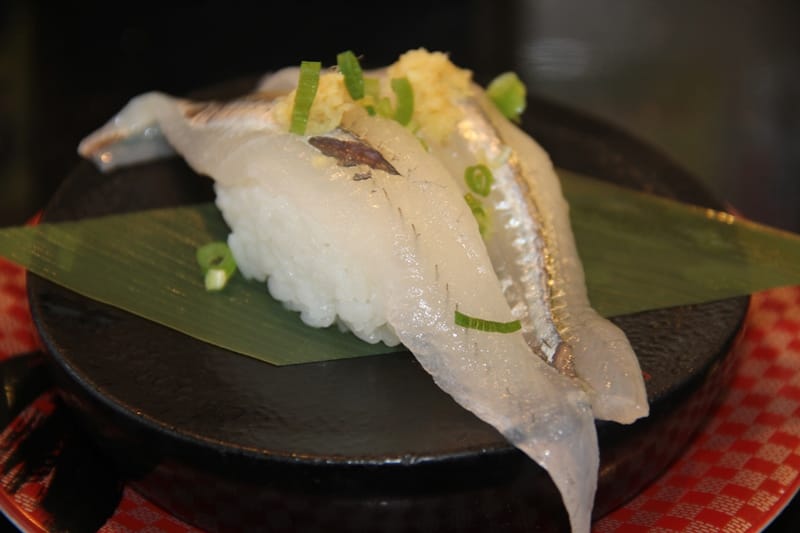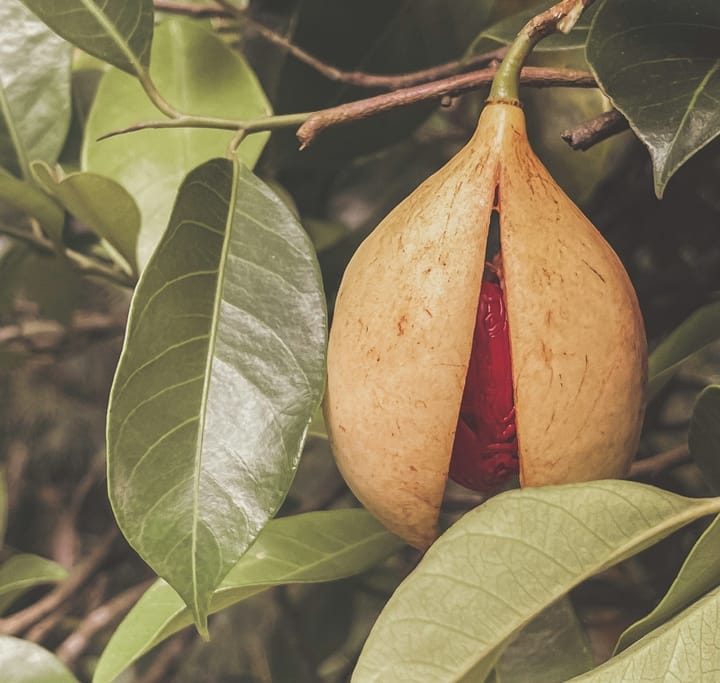Sayori Fish: Japan's Luxury Spring Sushi Delicacy
Sayori, the elegant halfbeak fish, graces elite Tokyo sushi counters each spring. From its translucent flesh to edible bones, explore why this seasonal delicacy is worth its luxury price tag.

When cherry blossoms begin to bloom across Japan, signaling the arrival of spring, sushi connoisseurs eagerly await another seasonal treasure: sayori, the elegant halfbeak fish that graces high-end sushi counters for just a few precious months.
This slender, silver-skinned beauty represents everything that makes Japanese cuisine extraordinary—impeccable timing, meticulous preparation, and an almost spiritual reverence for seasonal ingredients.
The Allure of Spring's Silver Arrow
Sayori (鱵), scientifically known as Hyporhamphus sajori, belongs to the halfbeak family, named for their distinctive elongated lower jaw that extends far beyond the upper jaw, creating an arrow-like profile.
This unique anatomical feature isn't just for show—it's perfectly adapted for their surface-feeding lifestyle, allowing them to snatch small prey from just below the water's surface.
The fish typically measures 20-30 centimeters in length, with a slender, torpedo-shaped body that tapers elegantly toward the tail.
Its back displays a beautiful turquoise-blue color that fades to silvery-white on the belly, while the distinctive silver skin has an almost metallic sheen when fresh.
The tip of the elongated lower jaw often shows a touch of red or orange, which experienced buyers look for as a sign of freshness.
What makes sayori particularly special in the luxury food world is its extremely limited availability and the skill required to prepare it properly.
During its peak season from March to May, this delicate fish becomes one of the most sought-after ingredients at Tokyo's elite sushi establishments.
A Taste Like No Other
The flavor profile of sayori is what sets it apart from other white-fleshed fish. Unlike the neutral taste of many white fish, sayori offers a delicate sweetness with subtle mineral notes reminiscent of the ocean breeze.
The texture is equally remarkable—firm yet tender, with a clean finish that doesn't linger heavily on the palate.
Experienced sushi chefs describe sayori as "the embodiment of spring on the palate—light, refreshing, and ephemeral."
The fish's translucent flesh, when properly prepared, has an almost ethereal quality that seems to melt on the tongue while maintaining just enough texture to be satisfying.
The silver skin, which is always left on when serving sayori, adds another dimension to the eating experience.
When scored properly, it provides a subtle textural contrast and contributes a faint umami note that complements the sweet flesh beneath.
The Complete Fish Experience
One of the lesser-known delicacies associated with sayori is its bones. In high-end establishments, the tiny, delicate bones are often deep-fried until crispy and served as "hone senbei" (bone crackers).
These golden, crunchy treats are lightly salted and offer a completely different textural experience—crispy, savory, and full of calcium.
They're often served as a palate cleanser between courses or as a special accompaniment to sake, showcasing the Japanese philosophy of using every part of the fish.
The Preparation
The preparation of sayori is considered one of the true tests of a sushi chef's skill. The process, known as "sayori no shitagoshirae," involves several intricate steps that must be executed flawlessly:
1. Selection and Initial Preparation The chef begins by selecting only the freshest specimens, looking for clear eyes, firm flesh, intact silver skin, and that characteristic red tinge on the lower jaw. The fish is then carefully scaled, leaving the delicate skin unblemished.
2. The Butterfly Technique Using a technique called "hiraki," the chef makes a precise incision along the belly, removing the internal organs while keeping the fish intact. The backbone is then carefully removed with a special knife technique that requires years to master. The tiny bones are set aside for frying if they're to be served.
3. Salt and Vinegar Treatment The filleted fish undergoes a brief salt cure, typically lasting 20-30 minutes, which firms the flesh and enhances its natural sweetness. This is followed by a quick rinse and a light vinegar bath—a process called "sujime"—which further firms the flesh and adds a subtle acidic note that balances the fish's sweetness.
4. The Signature Skin Scoring Perhaps the most visually striking aspect of sayori preparation is the decorative scoring of the silver skin. Using a sharp knife, the chef creates intricate patterns—often resembling waves, cherry blossoms, or geometric designs—that not only enhance the visual appeal but also allow the vinegar and seasonings to penetrate more effectively.
5. Final Presentation For nigiri, the prepared sayori is draped over perfectly seasoned sushi rice, often with a small dab of freshly grated wasabi between the fish and rice. For sashimi, it may be arranged in elegant patterns that showcase both the translucent flesh and the decorated silver skin. Some chefs create elaborate presentations where the fish is woven or knotted, demonstrating both the flexibility of the flesh and the chef's skill.

Historical Origins and Cultural Significance
Sayori's culinary tradition dates to the Edo period (1603-1868), when Tokyo was developing its distinctive food culture.
Historical records from the Tempō era (1830-1844) identify sayori as a "spring messenger" in Edo-mae sushi—the style originating from Tokyo Bay.
The fish's delicate nature and short season made it a luxury reserved for merchants and samurai, unlike everyday catches like sardines or mackerel.
As specialized preparation techniques developed for sayori, sushi itself evolved from street food to haute cuisine.
Beyond its culinary value, sayori carries deep cultural meaning as a harbinger of spring and new beginnings.
Some regions still celebrate the first catch with festivals where fishermen present prime specimens as offerings at Shinto shrines, honoring this seasonal treasure.
The Economics of Exclusivity
Sayori commands premium prices for several reasons. While available year-round, only spring catches possess the perfect fat content and flavor that justify top dollar.
At Tokyo's high-end sushi restaurants, omakase courses featuring seasonal specialties like sayori typically range from ¥10,000-30,000 ($65-200 USD) per person.
Traditional fishing methods using set nets and careful individual handling preserve the delicate skin but increase costs.
The economics are further challenged by low yields—only 40% of each fish remains after proper preparation.
Combined with the impossibility of freezing without quality loss and the need for daily fresh procurement from Toyosu Market, these factors firmly establish sayori as a luxury ingredient accessible only at premium establishments.

Modern Innovations and Sustainability
Contemporary sushi chefs have begun experimenting with new preparations while respecting traditional techniques. Some innovative presentations include:
- Aburi-style sayori: Lightly torched to add a smoky element while maintaining the delicate texture
- Sayori with citrus: Paired with yuzu kosho or sudachi to enhance the fish's natural sweetness
- Aged sayori: A controversial technique where the fish is aged for 2-3 days to develop deeper flavors
- Sayori bone chips: The fried bones served with flavored salts or incorporated into creative garnishes
A Fleeting Luxury
Like cherry blossoms, sayori's brief spring season embodies the Japanese culinary philosophy of "shun"—savoring ingredients at their absolute peak.
This ephemeral availability only heightens its desirability, transforming each piece into a celebration of the moment.
For those who experience expertly prepared sayori, it represents the pinnacle of Japanese culinary artistry.
From the delicate silver-skinned flesh to the crispy fried bones, every element showcases pristine ingredients, masterful technique, and deep cultural significance that elevates dining beyond mere sustenance.
In our era of year-round availability, sayori maintains its exclusivity through nature's constraints—it cannot be farmed, frozen without quality loss, or rushed to market.
This rare spring delicacy serves as a powerful reminder that true luxury often lies in patient anticipation and fleeting moments of perfection.


